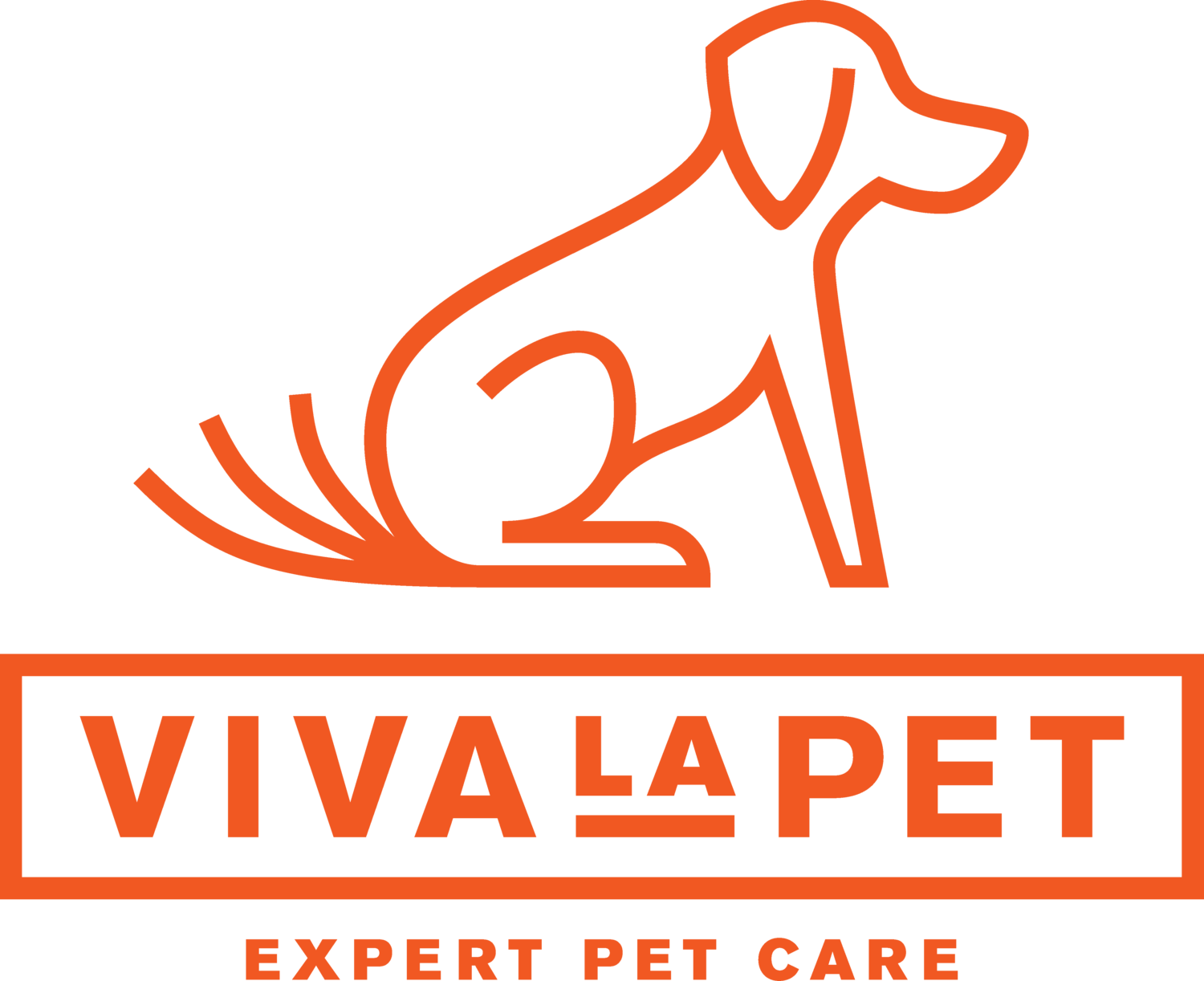Take a moment and look at your pet. Do they have a waist? Compare them to a photo from January of last year… Does it look like they’ve packed on some “covid LB’s”?
Since the onset of the Coronavirus pandemic, Viva La Pet, like many business, took a huge hit. Six months and some weeks into the pandemic, as businesses reopen, we at VLP are still experiencing hard times. With most of our clientele working from home, our daily walk services have dropped by a number that’s a bit too daunting to type out and publish in a blog post.
As people begin to venture out a bit more, we have gotten calls from those in our beloved #VLPfam to visit some pets we haven’t seen in months. We’ve been ecstatic to see those wagging tales again! But, (there’s always a but, isn’t there?) we’ve noticed a little change in some pets… their weight.
October 14th is Pet Obesity Awareness Day, so this is a great time to address the “number one health threat that pets face”. We know all pet owners want to provide their pets with their best life, especially our #VLPfam. We’re also learning that working from home doesn't always allow us to give our dogs the 30-120 minutes of daily exercise they require or provide our cats with the 20-60 minutes of daily exercise they need.
Viva La Pet is here to ensure your pets are living their best lives. Contact us today for a customizable exercise visit. We guarantee, with a regular schedule of exercise visits from us, your pets will lose that extra weight and gain more happy years with you.









